email Academy

What’s in a Domain Name – getting the right one…
Selecting the right domain name is one of the most important foundations to everything your business will do online.
It constitutes your web identity so it’s important that you consider names that are not only suitable for your business, but also easy to remember. Getting the right one will possibly help with your website Search Engine Optimization (SEO) and help with promotion.
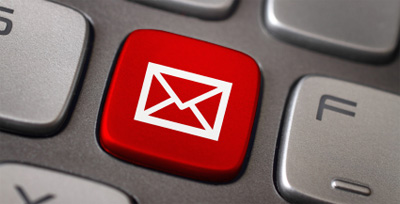
Email Protocols
An Email protocol is a method by which a communication channel is established between two computers and email is transferred between them. When an email is transferred, a mail server and two computers are involved. One computer sends the mail and the other one receives it. The mail server stores the mail and lets the receiving device access it and download it if needed. There are four different mail protocols. These protocols differ in the way by which they establish connections and allow user access to emails.
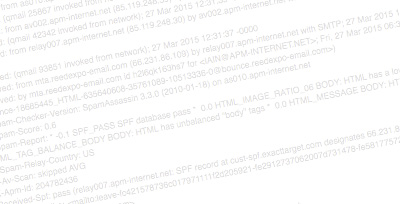
How to find your email headers
We’re often sent support requests for issues that can be outside our control and where an understanding of what a particular emails’ headers would help establish any problems with emails. With this in mind we’ve put together a short tutorial on how to find your headers (if you’re not sure where to find them) and then how to interpret them.

What your email headers are trying to tell you...
Do you understand what your email headers are trying to tell you? As providers of hosted email solutions we’re often sent support requests for issues that can be outside our control and where an understanding of what a particular emails’ headers mean would help establish the nature any problems. With this in mind we’ve put together a short tutorial on how to find your headers (if you’re not sure where to find them) and then how to interpret them.
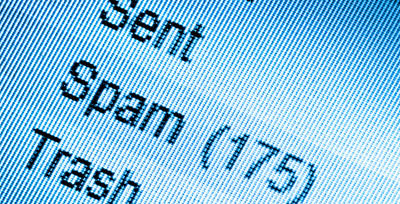
What is spam?
The word “Spam” as applied to email means “Unsolicited Bulk Email”. Unsolicited means that the Recipient has not granted verifiable permission for the message to be sent. Bulk means that the message is sent as part of a larger collection of messages, all having substantively identical content.

SPAM Glossary
Ever wondered what ‘listwashing’, ‘waterfalling’ and ‘snowshow spam’ are all about (amongst other email mysteries)? Find out with our simple glossary of SPAM related terms.
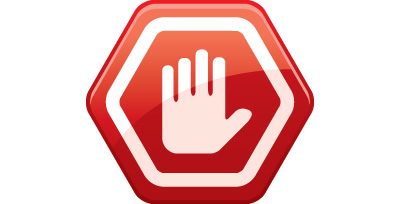
How Blocklists work…
Our Spam filtering relies on multiple filters and data sources to provide optimum levels of filtering. One of those data sources is Spamhaus and the following article provides a good overview of how such a Spam blocklist operates. A Blocklist (DNSBL) is a database that is queried in realtime by Internet mail servers for the purpose of obtaining an opinion on the origin of incoming email. The role of a DNSBL such as Spamhaus’ SBL/XBL/PBL Advisory system is to provide an opinion, to anyone who asks, on whether a particular IP Address meets Spamhaus’ own policy for acceptance of inbound email.
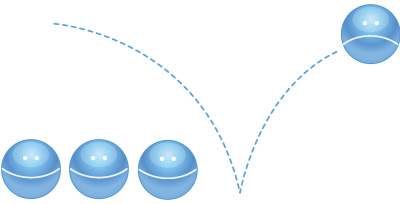
Bounced emails…
We’ve all been there. Its Friday morning and the your customer is expecting an important email, suddenly the sender calls and says: “We’re getting a bounce from your server, what’s going on, I’m waiting for this important email.” You get hold of the bounce message – it says: 553 Message rejected – see http://dnsbl.invaluement.com/lookup/?item=10.3.11.37 What does that mean? The IP address 10.3.11.37 has been black-listed on one of the lists we use and our server has rejected it as a result.

What is Phishing – and how to spot Phishing emails
What is Phishing – and how to spot Phishing emails. It is increasingly common to hear about the appearance of yet another email scam – a fraudulent email that appears to be from a legitimate source, with a seemingly justifiable request. One example could be an email that appears to be from your bank, or credit card company, requesting you click on a link and verify your online banking details.
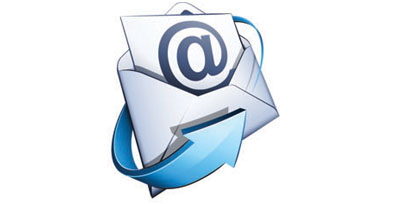
10 tips for better email
OK, we all know how to use email, but there are always ways we can improve the way we use it. Here are just a few thoughts:

Password good practice
Choosing the right password is something that many people find difficult, there are so many things that require passwords these days that remembering them all can be a real problem. Perhaps because of this a lot of people choose their passwords very badly. The simple tips below are intended to assist you in choosing a good password.
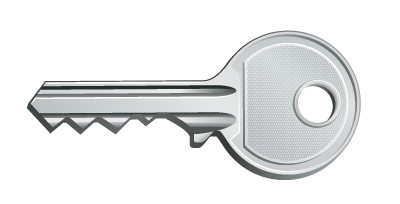
Email Encryption – Zimbra
Supported on Zimbra 8 – please note your experience of setting this up may vary depending upon your browser type, platform, etc.. S/MIME (Secure/Multipurpose Internet Mail Extensions) is a standards-based method of public/private key encryption. It is commonly used for email and MIME data, and provides a straightforward method for email users to encrypt messages to one another. We’re not going to go into great detail on what S/MIME is here, so please feel free to read the Wikipedia article for more background:

Email Legal Requirements (UK)
In business we all use email; it’s the life blood of everything we do, but are you meeting all of your legal obligations with regard to what you include in your email content? In this short article we’ll cover the legal requirements that apply to email communications here in the UK and give references where required. Obviously we’re not lawyers, but the following will give you an overview of current requirements as at August 2011 – errors and omissions excepted!
